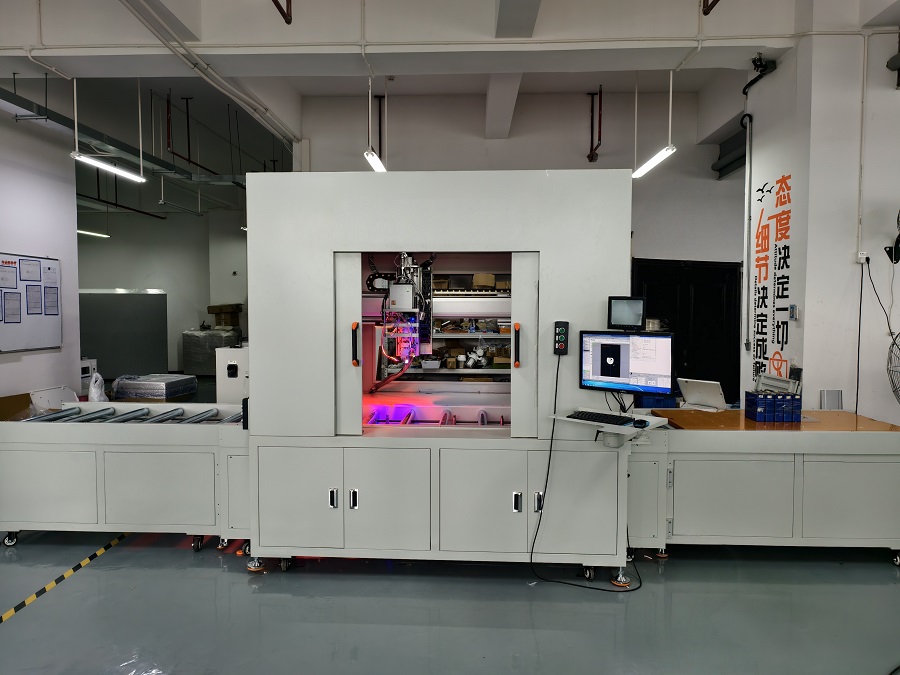Configuring Laser Welding Machines for Lithium Battery Pack Production Lines
As the demand for electric vehicles and portable electronics grows, so does the need for efficient lithium battery pack production lines. One of the critical components in these production lines is the laser welding machine, which ensures high-quality connections between cells and modules. Here’s how to properly configure your setup.

1. Understanding the Requirements
Before investing in a laser welding machine, it's essential to understand the specific needs of your lithium battery pack assembly process. This includes knowing the types of materials you will be welding (such as aluminum or copper), the thickness of these materials, and the required weld strength.
2. Selecting the Right Power and Beam Quality
Choosing the correct power output is crucial for achieving optimal weld quality. For thin materials commonly found in lithium battery packs, lower power settings with high beam quality are preferable to avoid damaging the delicate cells. High-quality beams ensure precision without excessive heat input.
3. Integration with Automation Systems
A key aspect of configuring laser welding machines for lithium battery pack production lines involves integrating them with automated systems. Automated handling systems can position the battery modules accurately, ensuring consistent welds across thousands of units. Look for machines that offer easy integration with existing robotics and conveyor systems.
4. Safety Considerations
Safety is paramount when dealing with both lasers and lithium batteries. Ensure that the selected laser welding machine comes equipped with safety features such as enclosed work areas, interlocks, and protective eyewear for operators. Additionally, consider implementing fire suppression systems around the welding stations.
5. Monitoring and Quality Control
Implementing real-time monitoring systems can significantly enhance the reliability of your welding operations. Sensors can detect inconsistencies in weld quality and alert operators before defective products proceed down the line. Furthermore, data logging capabilities allow for traceability and continuous improvement.
6. Scalability and Flexibility
Your production line should be scalable to accommodate future growth and flexible enough to adapt to different product designs. Modular laser welding machines that can be reconfigured or expanded easily are ideal for evolving manufacturing environments. This flexibility reduces downtime during changeovers and maximizes productivity.
Configuring the right laser welding machine for your lithium battery pack production line involves careful consideration of material properties, power requirements, automation compatibility, safety measures, and scalability options. By selecting a system that meets these criteria, manufacturers can achieve high-quality, repeatable welds while maintaining operational efficiency and safety standards. When evaluating suppliers, look for those offering comprehensive support and customizable solutions tailored to your specific production needs, such as Haiwei Laser, which specializes in industrial laser welding systems designed for battery manufacturing applications.
Recent Posts
- What are the advantages of laser welding machines in lithium battery pack production lines?
- What issues should be noted when choosing a lithium battery pack production line?
- Quality Inspection and Control of Lithium Battery Module Pack Production Line
- Cell grouping and sorting process in lithium battery module pack production line
- What are the safety hazards of lithium battery pack production lines and how can they be prevented?
INQUIRY

